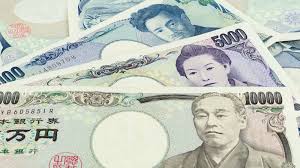The Japanese yen experienced significant fluctuations in trading, plummeting to a 34-year low against the United States dollar.
On Monday, the yen reached 160.17 per dollar, its lowest point since April 1990, sparking discussions about potential intervention by Japanese authorities to stabilize the currency, a measure not taken since late 2022.
Later in the day, the Japanese currency surged to 155.01 per dollar, leading traders to speculate that authorities had intervened by purchasing yen to counteract its decline.
While Japanese officials, observing a public holiday, did not confirm any intervention, the yen has been steadily declining since early 2021. This trend coincides with the Bank of Japan’s maintenance of ultra-low interest rates, contrasting with rate hikes implemented by the US Federal Reserve and other central banks.
Despite the BOJ’s recent interest rate increase, the yen’s downward trajectory persisted, particularly as expectations of US interest rate cuts diminished amidst inflation surpassing targets.
Although a weak yen has benefited Japanese exporters and increased spending among tourists, it has also heightened household expenses due to elevated prices of imported goods. Japanese authorities have expressed readiness to intervene to prevent abrupt currency fluctuations but have refrained from doing so throughout the yen’s year-long decline.
In its most recent action, the Japanese central bank maintained its benchmark rate at 0 to 0.1 percent. BOJ Governor Kazuo Ueda emphasized that exchange-rate volatility would only impact monetary policy if it significantly affected the economy and prices, hinting at potential policy adjustments in response to such developments.


















